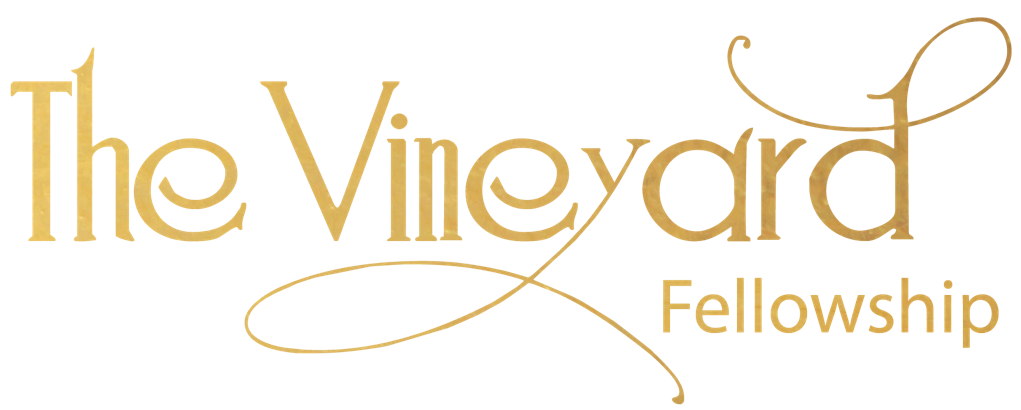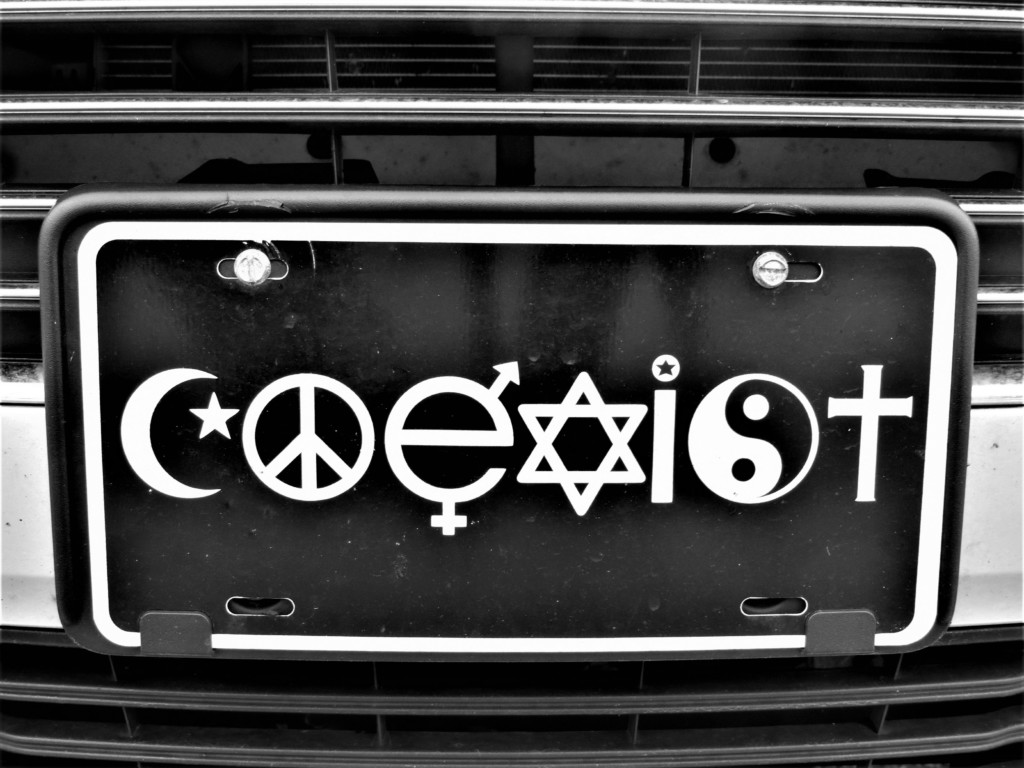Syncretism:
Why Christians Should Not Celebrate Christmas & Easter
by Christine Egbert
Syncretism is the combination of differing beliefs (especially religious beliefs) in which customs merge. Or as Dictionary.com states it: It’s “the attempted reconciliation or union of differing or opposing principles, practices, or parties in philosophies or religion.”
Encyclopedia Britannica, in an article on syncretism in its 1911 edition, stated the following: “Syncretism’s most frequent use is in connection with the religious development of antiquity. It denotes the tendency, especially prominent from the 2nd to the 4th centuries of the Christian era, to simplify and unify the various pagan religions … Syncretism even went so far as to blend the deities of paganism and Christianity.”
The 4th Century saw the popularization of many heresies, among which was the belief that the Christian Church began at Pentecost (Shavuot). But the so-called “church” of the New Testament is a mistranslation of the Greek (and Latin) ecclesia (ἐκκλησία), which should have been translated as “assembly or congregation”, or more specifically as a “called-out assembly or congregation.”
This can be verified through the Septuagint, the Hebrew Old Testament, translated into Greek three centuries before Jesus’ (Yeshua’s) birth, by 72 Rabbis. In it, the Hebrew word quahal (קָהֵל Strong’s H6951)—a congregation or assembly—most often referring to Israel, was correctly translated into Greek as ecclesia.
Had ecclesia been correctly translated into English from Greek, the divisive myth that Jesus (Yeshua) came to start a new religion called Christianity would’ve been a much harder sell, at least to Bible readers.
The second problem with the myth that the so-called church was born at Pentecost is that it simply is not Scriptural. On Pentecost (Shavuot), one of the LORD’s (Yahweh’s) Feast Days, which commemorates God’s giving the Torah to Moses, all Israel was to appear before the LORD (Yahweh) at the Temple in Jerusalem. By the 1st century, of course, only Jews (Judah, Benjamin, and those Israelites like the Levites who assimilated into the House of Judah) were in the Land. The northern tribes, those Jesus (Yeshua) referred to as the “lost sheep of the House of Israel,” had not returned.
On the Pentecost following Jesus’ (Yeshua’s) resurrection and ascension (Acts 3), the Holy Spirit was poured out in an initial (partial) fulfillment of Joel’s prophecy. Nowhere in Scripture does it say the so-called “church” was born at Pentecost. Instead, the Holy Spirit was poured out on believers to empower them for evangelism, which could be summed up by Acts 3:19, which says: “Repent and return, for the blotting out of your sins, so that times of refreshing may come from the face of the LORD.”
Now many translations (like the KJV) say repent and “be converted”, but this is another one of those sly translations meant to give the idea that believers were to believe something “new.” The Greek word, however, is epistrephō (ἐπιστρέφω Strong’s G1994). It means to “revert or return” i.e., to God’s instructions, to His Torah.
Other heresies birthed in the 4th Century by Constantine and the Roman Catholic Church were: Sunday-sabbath, Christmas, and Easter. With the codification of these changes, observance of the LORD’s (Yahweh’s) 7th day Sabbath and Feast Days, along with any fellowship with Jewish disciples, became punishable by excommunication and even death. It was a far cry from the hospitality shown to Gentiles coming into the faith in Israel some three hundred years earlier. (Acts 15)
Roman (Catholic) Antisemitism
“Let us then have nothing in common with the detestable Jewish crowd; for we have received from our Savior a different way.” (Eusebius, Life of Constantine, Vol III Ch. XVIII).
Only Constantine did not receive “a different way” from the Savior of Scripture. For the Savior of the Bible never changes. He is the same yesterday, today, and forever. When The LORD (Yahweh) told Moses that the 7th day Sabbath and His Passover (all His Feast Days) were to be observed FOREVER, He meant it. And when Jesus (Yeshua) said that not one jot or tittle would pass from the Torah until heaven and earth passed away, He also meant it.
Constantine’s edict to change God’s Appointed times proves that he received his “different way” from “a different Savior.”
God said, “Whatsoever I command you, observe and do it. Thou shall not add to nor diminish from it” (Deuteronomy 12:32). So if the God who never changes hated something in the beginning, He still hates it today and will hate it tomorrow. If He expected those in covenant with Him to do something three thousand years ago, He still expects it today. And since this called-out congregation, which got mistranslated into English as Church, isn’t new–wasn’t born at Pentecost–but is in fact the very same “quahal” that was with Moses in the wilderness (Acts 7:38), then the LORD (Yahweh) still has sole jurisdiction. His law still stands. There is One God, One Messiah, and One people of God. Gentiles can come into covenant through faith, but once they do, they cease being Gentiles. They too become part of the Commonwealth of Israel and share in Israel’s Covenants (Ephesians 2:12). And the Jewish Messiah, Jesus (Yeshua), did not come to start a new religion. He came only to do His Father’s will and to speak His Father’s words.
When Was The Christian Church Born?
This religion called the Christian Church was born in the 4th Century. It is a hybrid religion, birthed through the syncretism of pagan sun-god worship with Biblical truth. Its doctrines and traditions constitute a (spiritually) deadly mixture of good and evil, like the fruit on the tree in the midst of the Garden, from which Adam and Eve were not to eat.
The creators of this hybrid religion, through their ignorance of God’s instructions or open rebellion thereof, failed to heed God’s warning not to learn the way of the heathen (Jeremiah 10:2), not to worship Him the way pagans worship their gods (Deuteronomy 12:4).
Many of today’s Christian practices are simply baptized paganism. The Roman Catholic Church proudly admits that many of their church traditions are borrowed from pagan idol worship. Catholic Customs and Traditions, written by a Catholic (Greg Dues), for Catholics, presents an overview of the customs of Roman Catholicism. In it the author admits that Sunday worship “is an example of how culture and pagan traditions influenced Christian religious traditions. This title [Sun-day] comes from pre-Christian worship of the sun…” (pg. 22).
“The choice of December 25 as the date to celebrate Jesus’ birth was an adaptation of the pagans’ December 25 celebration of the birthday of their sun-god. After Constantine “became the benefactor and protector of Christianity, pagan cultural features of sun-symbolism were no longer threatening. They could be freely absorbed by the church. The church, with its Nativity date of December 25 already in place, did precisely this” (pg. 51 f).
“Most Christmas traditions associated with evergreens and trees are related to pre-Christian practices… Teutonic and Scandinavian peoples worshipped trees and decorated houses and barns with evergreens at the new year to scare away demons…” (pg. 56).
“The origin of Santa Clause is a deliberate mixture of a bishop-saint, Father Christmas, and the Norse mythological god Thor, an elderly, jolly (god of war), with white hair and a beard, living in the northland, who sailed the sky in a chariot pulled by goats, and as the god of fire, he was partial to chimneys and fireplaces…” (pg. 60-62). [I must insert here, that in the 1970s the R.C.C. stated that no Roman Catholic bishop named Nicholas ever existed!] The Second Vatican Council, Vatican II confessed that the origin of this legend came from pagan traditions. Catholic Lent came from the forty days of weeping for the sun-god Tammuz. The Catholic custom of giving milk and honey to the newly baptized is a “practice borrowed from the pagan mystery cults…” (pg. 90).
Easter eggs and Easter bunnies: “In ancient Egypt and Persia, friends exchanged decorated eggs at the spring equinox… These eggs were a symbol of fertility… Rabbits are part of pre-Christian fertility symbolism because of their reputation to reproduce rapidly” (pg. 98 f). The sun-goddess, Ishtar, from whose name we get the English word Easter, was said to have landed in the Euphrates in a giant egg on, you guessed it, Ishtar sun-god day.
In volume III, titled “Caesar and Christ”, in Will Durant’s massive work, titled The Story of Civilization, the author shows that in the “new” church, which developed in the Roman Empire, Jesus (Yeshua) lost all of His Jewishness. “…the God Christ was assimilated into the religious and philosophical traditions of the Hellenistic mind. Now the Pagan world–even the anti-Semitic world–could accept Him as their own.”
If you are a Christian, who still celebrates Christmas and Easter, you need to figure out who it is that you are actually worshiping. If it is the God of Scripture, you must worship Him in Spirit and in truth, which means worshiping Him the way He says in His Word that He wants to be worshiped–which is not the way pagans worship their gods.
I will close with a quote taken from Roman Catholic Cardinal Manning: “The Catholic Church is either the masterpiece of Satan or the Kingdom of the Son of God…”
I leave it to you, my readers, to decide which one of those two choices presented to you by Cardinal Manning the Roman Catholic Church truly is.

